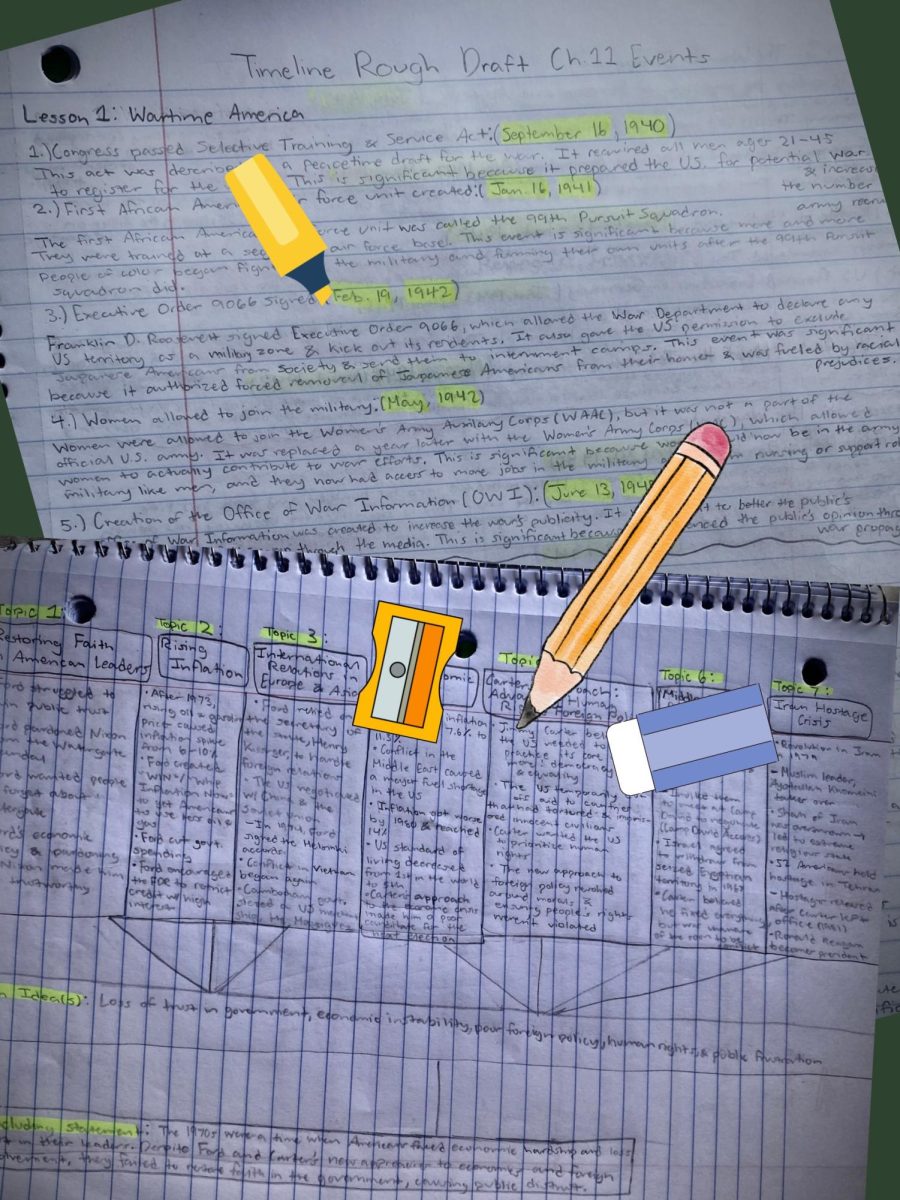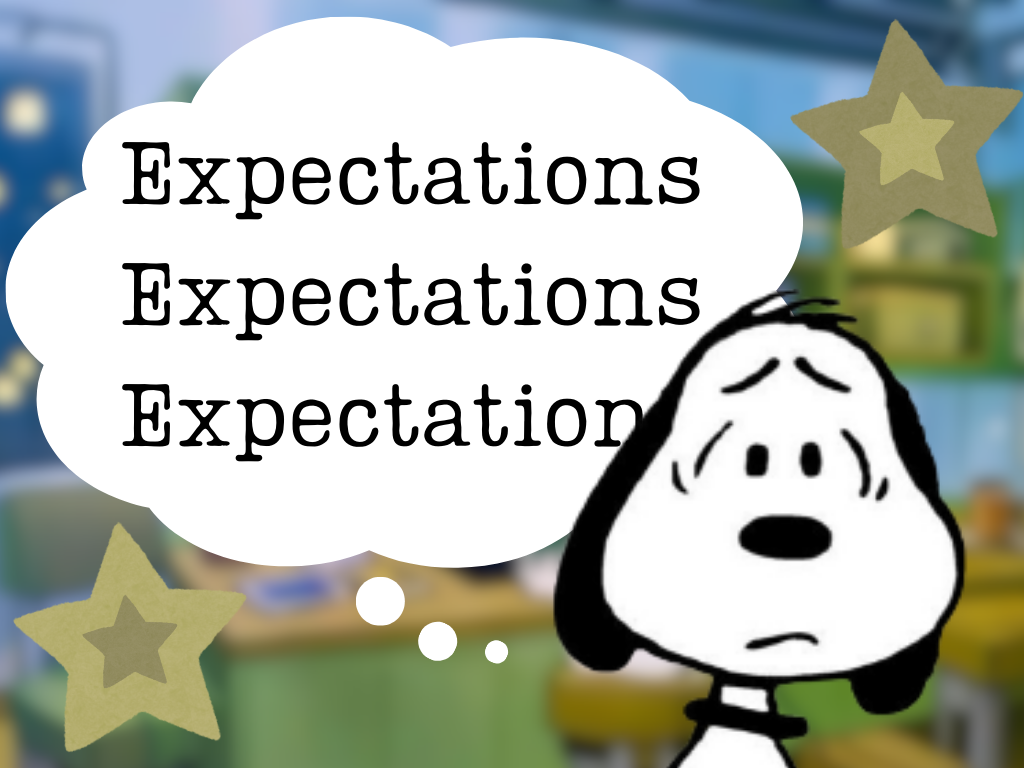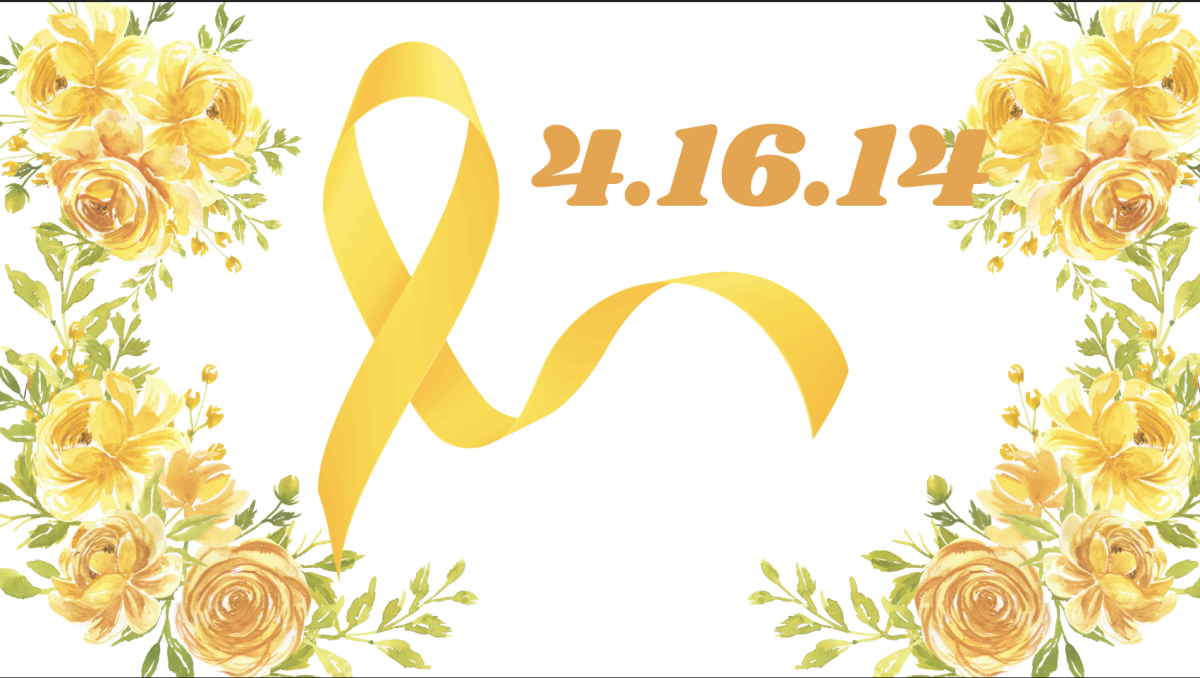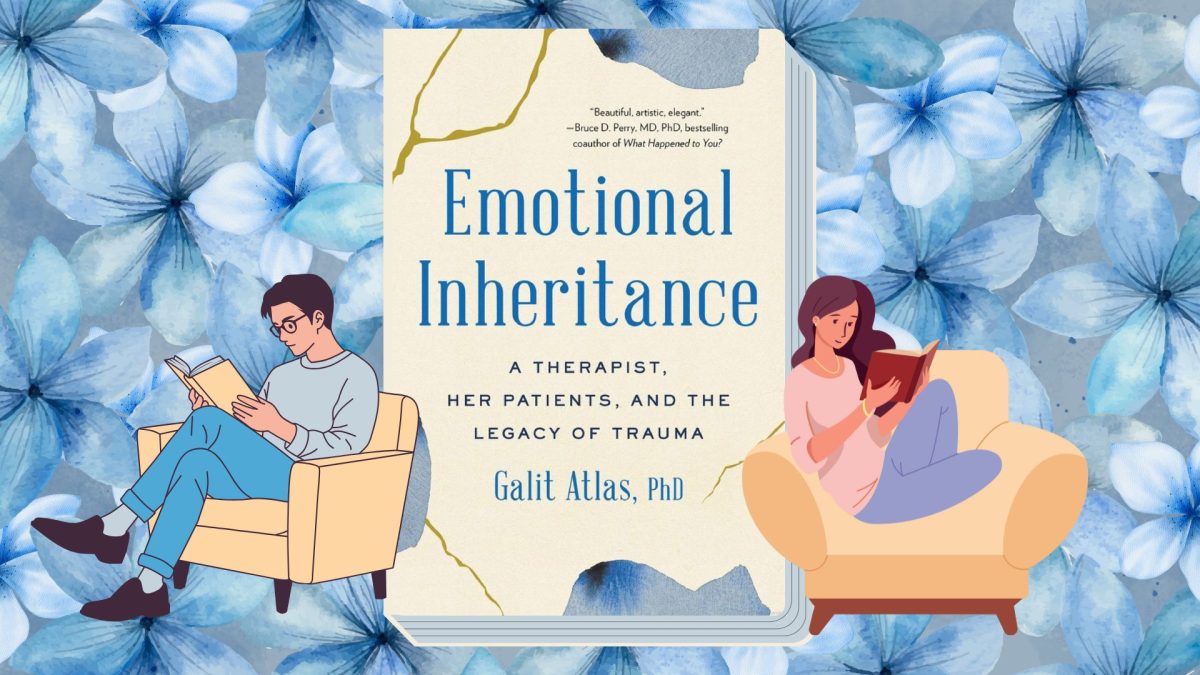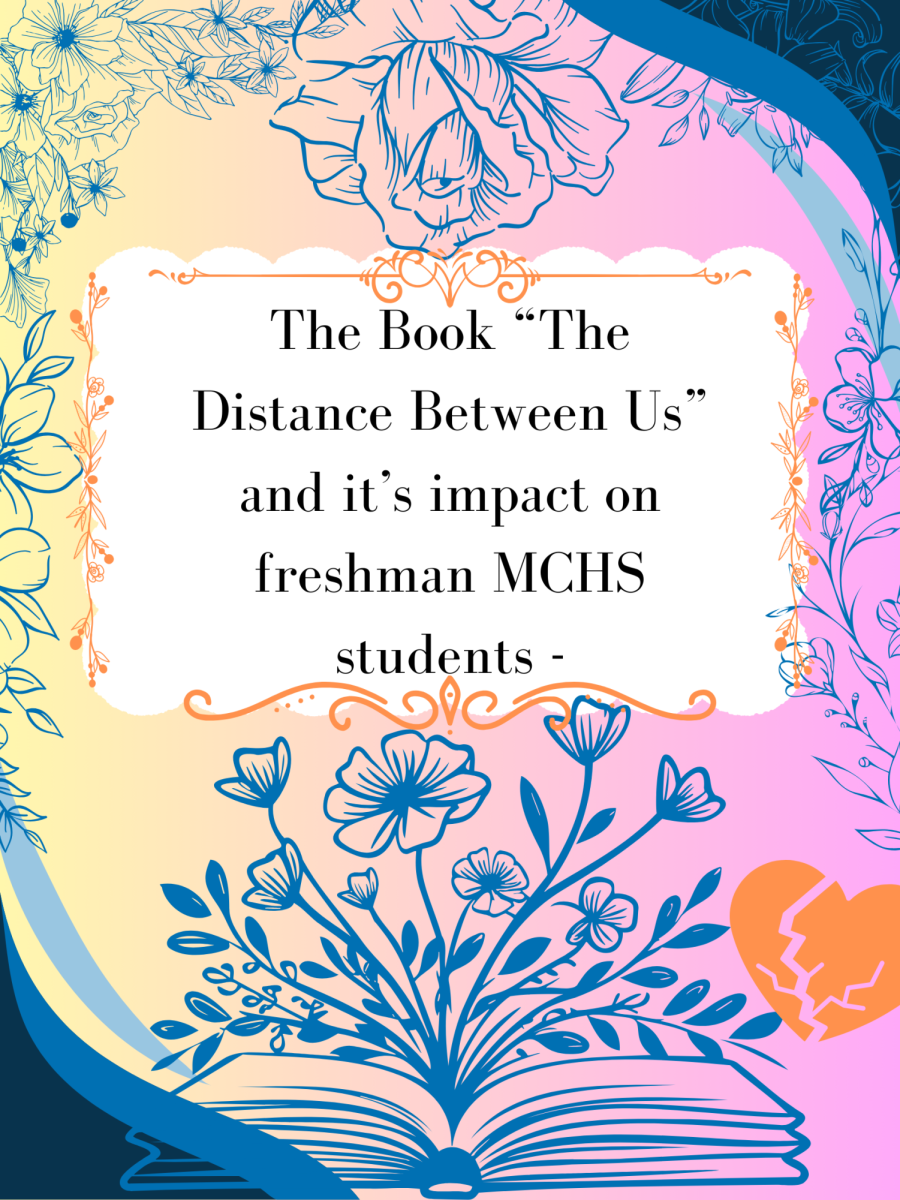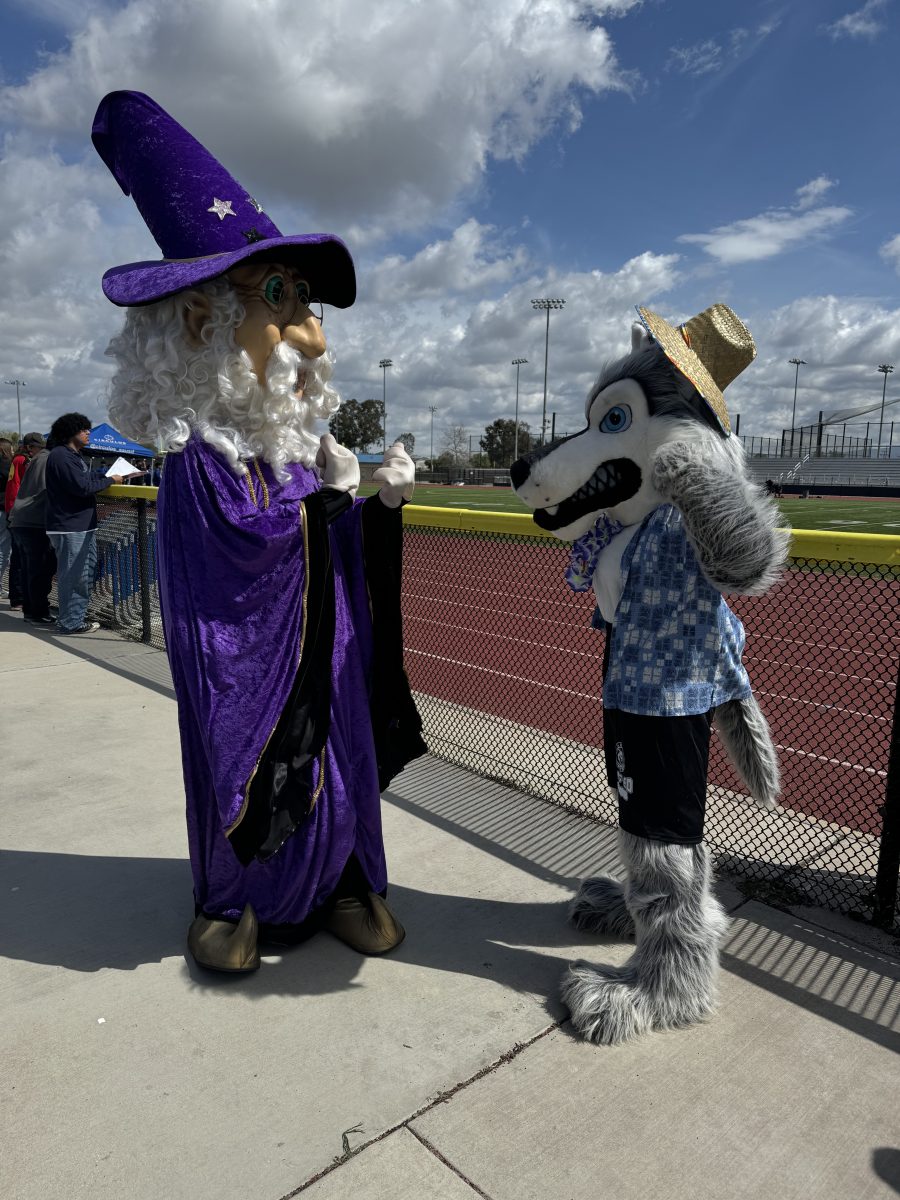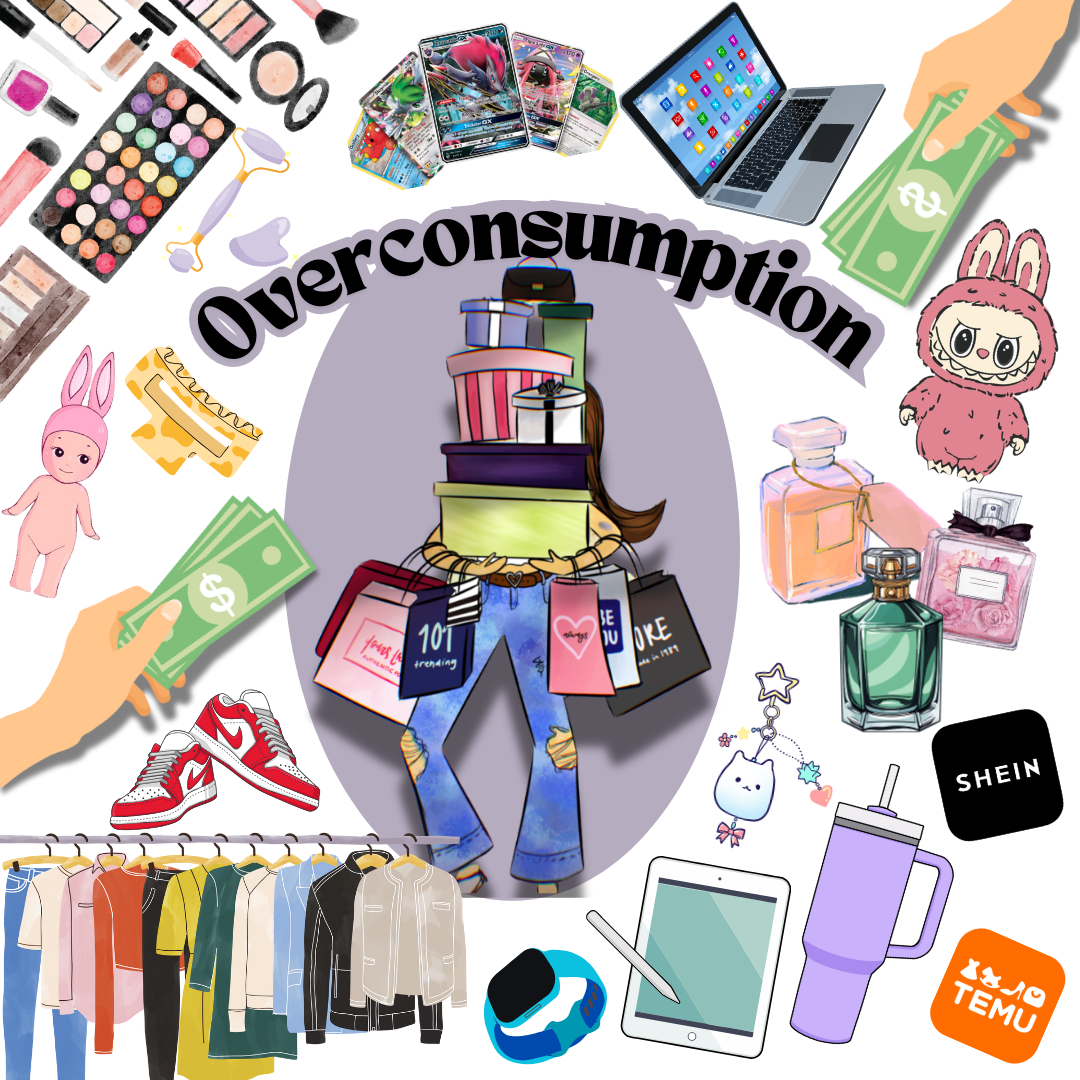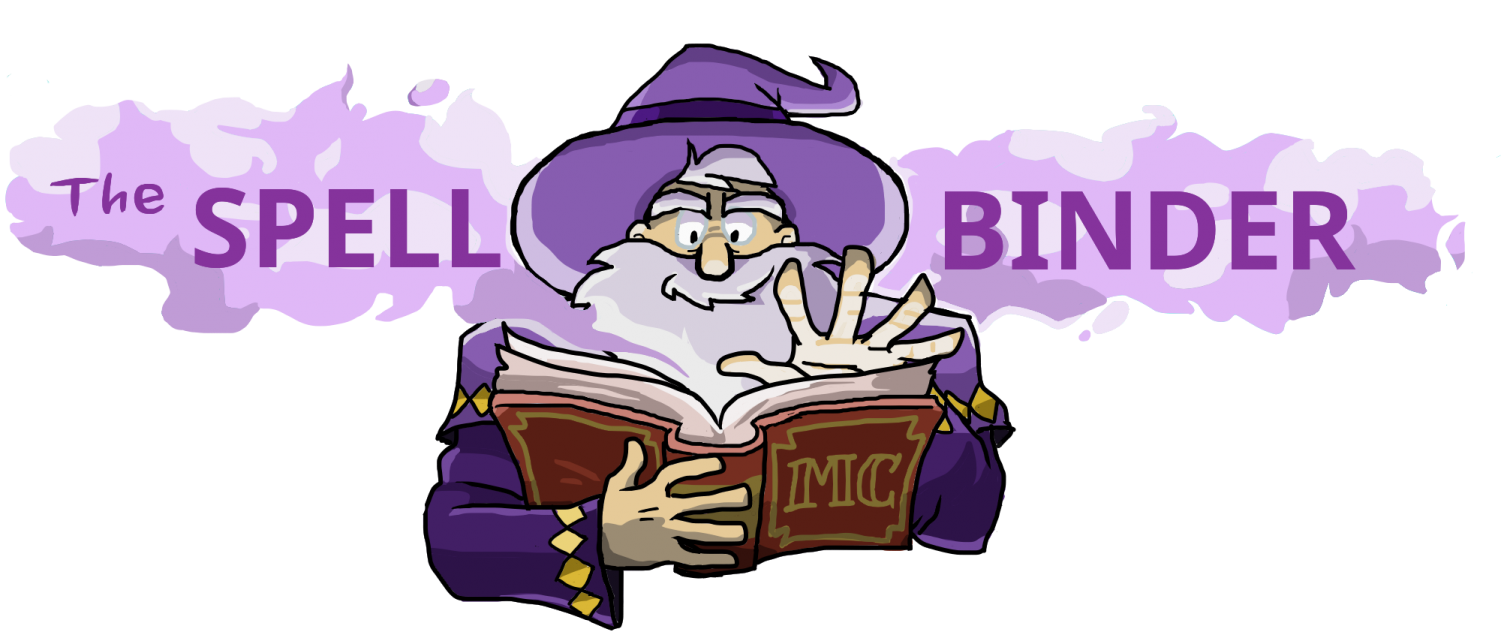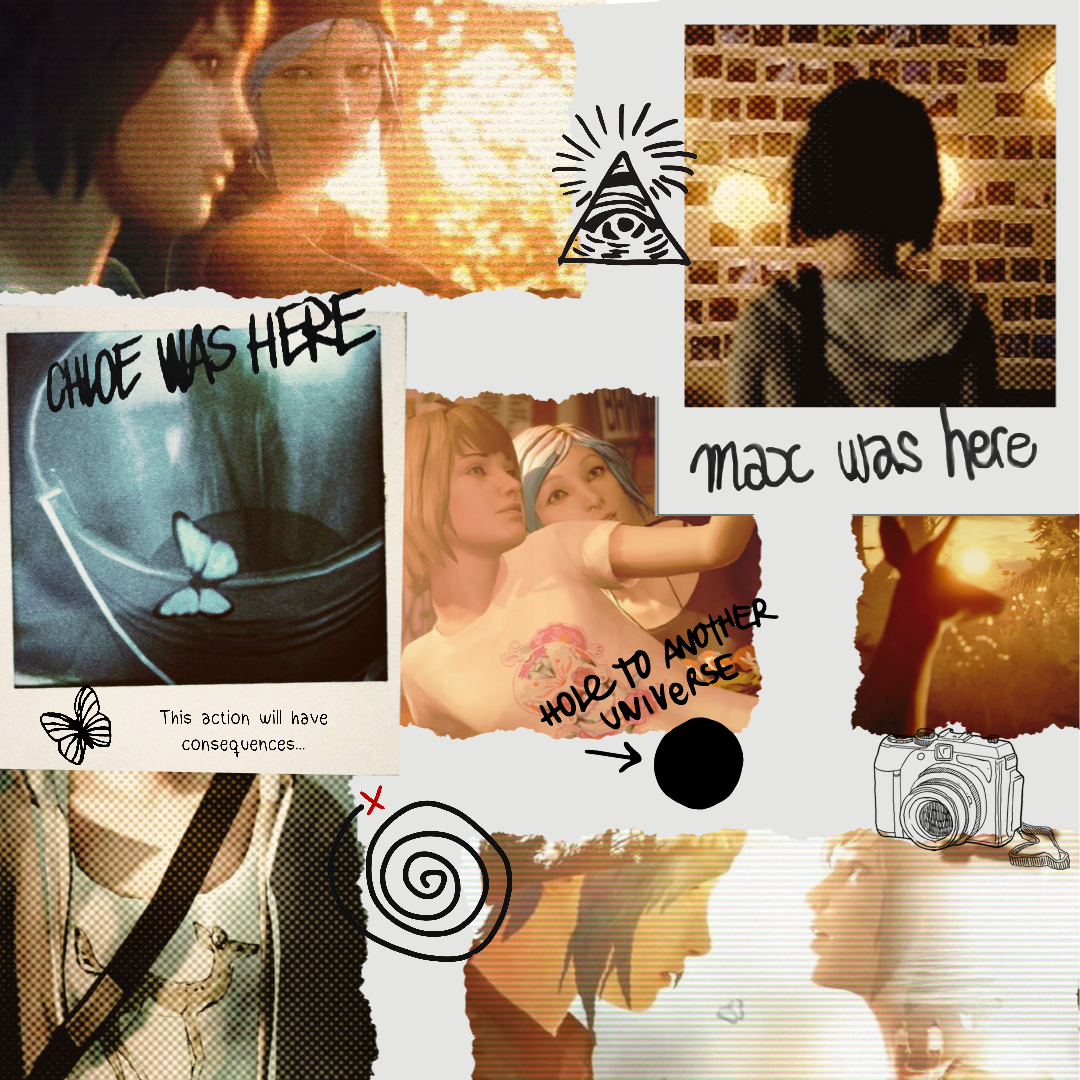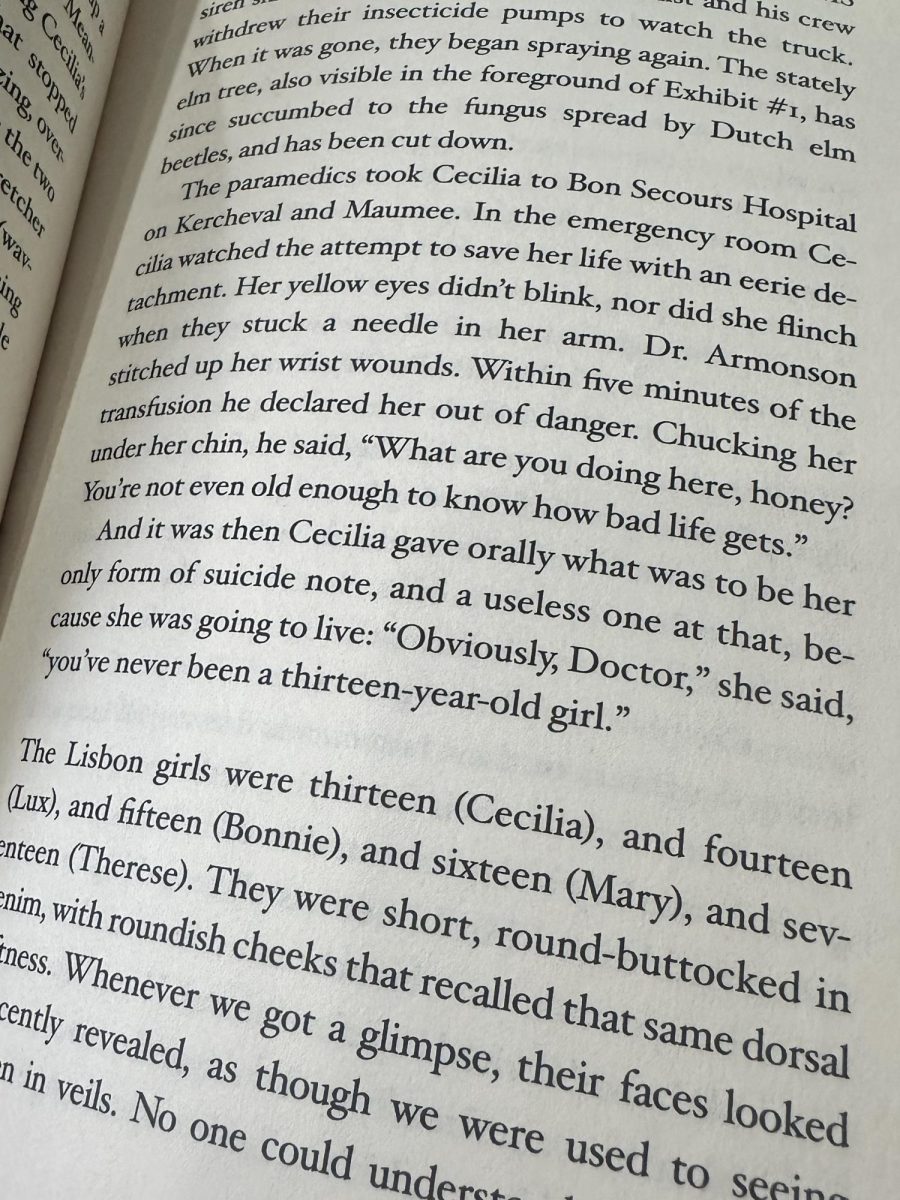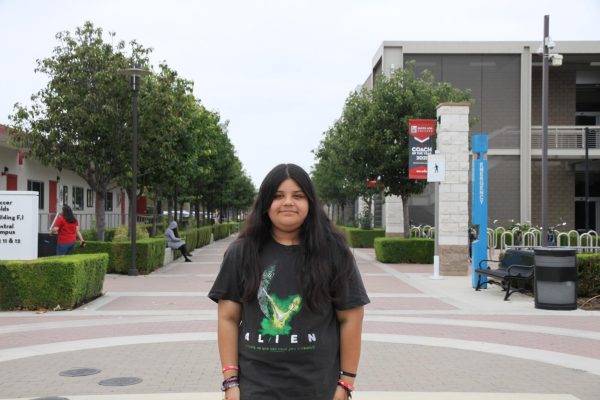Imagine if you had the power to reverse any choice you make in your life. The only drawback of this being that it will destroy the very town you live in. “Life is Strange” is a narrative driven choice based episodic graphic adventure that follows the life of Max Caulfield, a young high school photographer who discovers that she can rewind time. You play as Max and you choose the major decisions that will impact her life and the outcome of the game. The rewind ability allows you to rewind any moment in the game but these moments are ultimately what lead to the disastrous event at the conclusion of the game.
“Life is Strange” is widely praised for its discussions on the LGBTQ+ community, mental health, and coming of age subjects. “Life is Strange” has three main installments but we’re talking about the first game that was released back in 2015 that had favorable reviews because of its unique art style, rewind game mechanic, and storytelling. Though the game may not suit fans of fast-paced, action-driven experiences, its engaging storytelling and well-developed characters offer enjoyment to a broad range of players.
Segerstrom freshman Pyi Hein, an enthusiast of all “Life is Strange” games, shares what made him interested in playing “Life is Strange.”
“It’s a really interesting concept to be able to bend time in many different ways, and see all the different outcomes of different decisions,” Hein said.
In “Life is Strange,” a central lesson becomes evident everywhere in the game; every choice has consequences. This theme is reinforced by an in-game notification, “This action will have consequences,” which appears whenever a decision changes the storyline. This message emphasizes the game’s core idea that each choice leads to different outcomes. With many possible endings, players often find themselves replaying the game to explore alternate outcomes and scenarios.
The most important message that is mentioned in “Life is Strange” though, is the message of how everything is balanced in the universe of the game. Through Max using her power, she disrupts the balance of the universe. This is what ultimately causes the tornado that destroys her town. An important detail as well is that she saves multiple people that should be dead. The main person that this is happening to is her best friend, Chloe Price. On multiple occasions there are accidents that are happening that kill her. Max uses her powers to save her. This is what disrupts the balance in the game’s universe and leads the timeline between the altered world, where the event was changed, and the original timeline, where events proceeded without interruption.
Hein talks more about how this message is worked into the ending of the game.
“[That] there’s some source of balance in their universe, in order for Chloe to live, Arcadia Bay is destroyed by a tornado,” Hein said.
Arcadia Bay, the town the game is set in, is the victim of Max’s powers. Since Max used her powers too many times and altered many situations, it caused a tornado. Now, she has to make the ultimate decision: save her best friend or save Arcadia Bay. This choice leaves many players in the “Life is Strange” fandom at a divide. Some think it is morally right to save the whole town, but others think love is more important and choose to save Chloe. Whichever choice you choose, it excellently shows how Max’s powers put everybody at risk and the consequences of her actions.
Life is Strange also addresses various subjects, with a primary focus on LGBTQ+ representation. Throughout all the “Life is Strange” games you can choose to romance one of two side characters. In the game this includes the side characters Chloe Price and Warren Graham. In the game it is not said explicitly but players can infer that Max is bisexual because the player can pick which character she is interested in. Throughout the game there are choices you can make to progress your relationship with Chloe, even getting the chance to kiss her. Many players in the LGBTQ+ community like this addition because it is actual good representation and is not handled poorly. The relationships are very natural and do not feel forced.
In an article by “The Gamer” the author, Jade King, states the importance of the queer representation in the Life is Strange games.
“Life is Strange will always be tied to queerness, and no matter what twisted moves are made behind the scenes, nothing will change that. Max Caulfield, Chloe Price, Rachel Amber, Sean Diaz, Alex Chen, and myriad other characters have come to define modern day queerness for so many, showing them it was okay to be themselves or explore parts of life that once felt forbidden,” King said.
“Life is Strange” continues to resonate with players nearly a decade after its release, thanks to its compelling exploration of choice, consequence and representation. Even if you’re unfamiliar with the game, it’s accessible to everyone and leaves a lasting impression on players.


